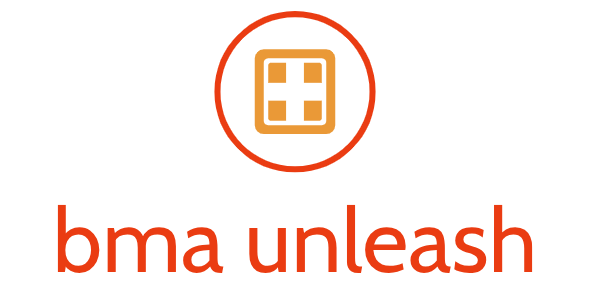
Understanding Your HR Needs: A Starting Point
Before diving into streamlining, you need a clear picture of your current HR processes. What works well? What’s inefficient? Are there recurring bottlenecks? Consider conducting a thorough audit of your existing systems, documenting current practices, identifying pain points, and gathering feedback from employees and managers. This assessment will highlight areas ripe for improvement and help you prioritize your streamlining efforts. Pay close attention to areas like recruitment, onboarding, performance management, payroll, and employee relations. Identifying these pain points is the first crucial step towards a more effective HR department.
Automating Repetitive Tasks: Efficiency Through Technology
Many HR tasks are repetitive and time-consuming, like data entry, scheduling, and report generation. Automating these tasks using HR software and tools can free up significant time for HR professionals to focus on strategic initiatives, such as employee engagement and development. Look for systems that integrate with your existing platforms to minimize disruptions and maximize efficiency. Consider applicant tracking systems (ATS) for recruitment, HR information systems (HRIS) for centralizing employee data, and automated payroll systems for seamless salary processing. These technologies not only save time but also reduce errors and improve data accuracy.
Streamlining Recruitment: Attracting and Hiring Top Talent
The recruitment process often presents significant challenges. Streamlining it involves optimizing job descriptions, leveraging applicant tracking systems, implementing efficient screening processes, and utilizing video interviews to save time and resources. Focusing on candidate experience is crucial; a positive experience can greatly improve your employer brand and attract top talent. By creating a clear, concise, and engaging application process, you can significantly improve the efficiency and effectiveness of your hiring efforts. Think about leveraging social media and other online platforms to reach a wider pool of candidates.
Improving Onboarding: Setting New Hires Up for Success
A well-structured onboarding program is essential for new employees to quickly integrate into the company culture and become productive members of the team. Streamlining onboarding involves creating a standardized and automated process, providing readily accessible resources, and scheduling regular check-ins with new hires. This could include digital onboarding platforms that guide new employees through necessary paperwork, training modules, and introductions to their teams. Clear expectations and readily available support during the initial weeks significantly improve employee retention and overall performance.
Optimizing Performance Management: Fostering Growth and Development
Traditional annual performance reviews are often ineffective and time-consuming. Streamlining performance management involves shifting towards more frequent, informal feedback sessions, utilizing performance management software to track progress, and focusing on goal setting and development plans. Regular check-ins provide employees with continuous feedback, allowing for quicker adjustments and improvements. This more agile approach fosters a culture of continuous improvement and enhances employee engagement.
Effective Communication: Keeping Everyone Informed
Effective communication is vital in any organization. Streamlining HR involves establishing clear communication channels and utilizing various platforms to keep employees informed about company news, policy updates, and HR initiatives. This might involve using internal communication platforms, newsletters, or regular team meetings. Regular and transparent communication keeps employees engaged and minimizes misunderstandings, leading to a more productive and harmonious work environment. The more efficient your communication, the better your employees will understand and engage with your initiatives.
Leveraging Data Analytics: Making Informed Decisions
HR data can provide valuable insights into various aspects of the workforce. By leveraging data analytics, you can identify trends, track key metrics, and make informed decisions regarding recruitment, training, compensation, and employee retention. Analyzing data helps to understand what works well and what needs improvement, enabling a data-driven approach to HR management. This approach allows for continuous improvement and optimization of HR processes, leading to a more strategic and effective HR function.
Outsourcing Non-Core Functions: Focusing on Strategic Priorities
Consider outsourcing certain non-core HR functions, such as payroll processing or background checks, to specialized providers. This allows your internal HR team to concentrate on strategic initiatives, such as talent management and employee development. Outsourcing can significantly reduce administrative burden and free up valuable time and resources for higher-value activities. Choosing reputable providers will ensure the efficiency and quality of these outsourced functions. Visit here for information about outsourced HR consultancy.










